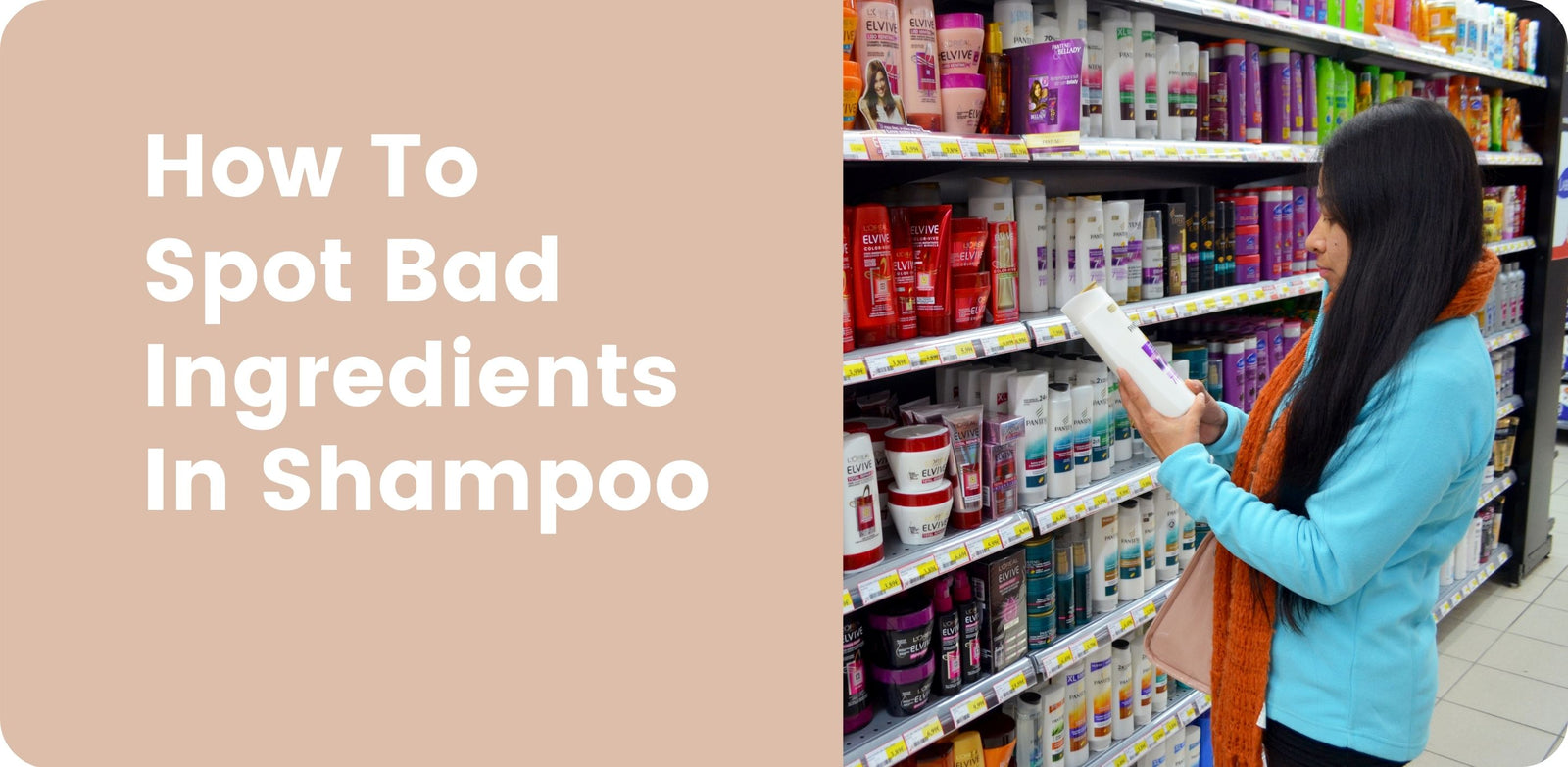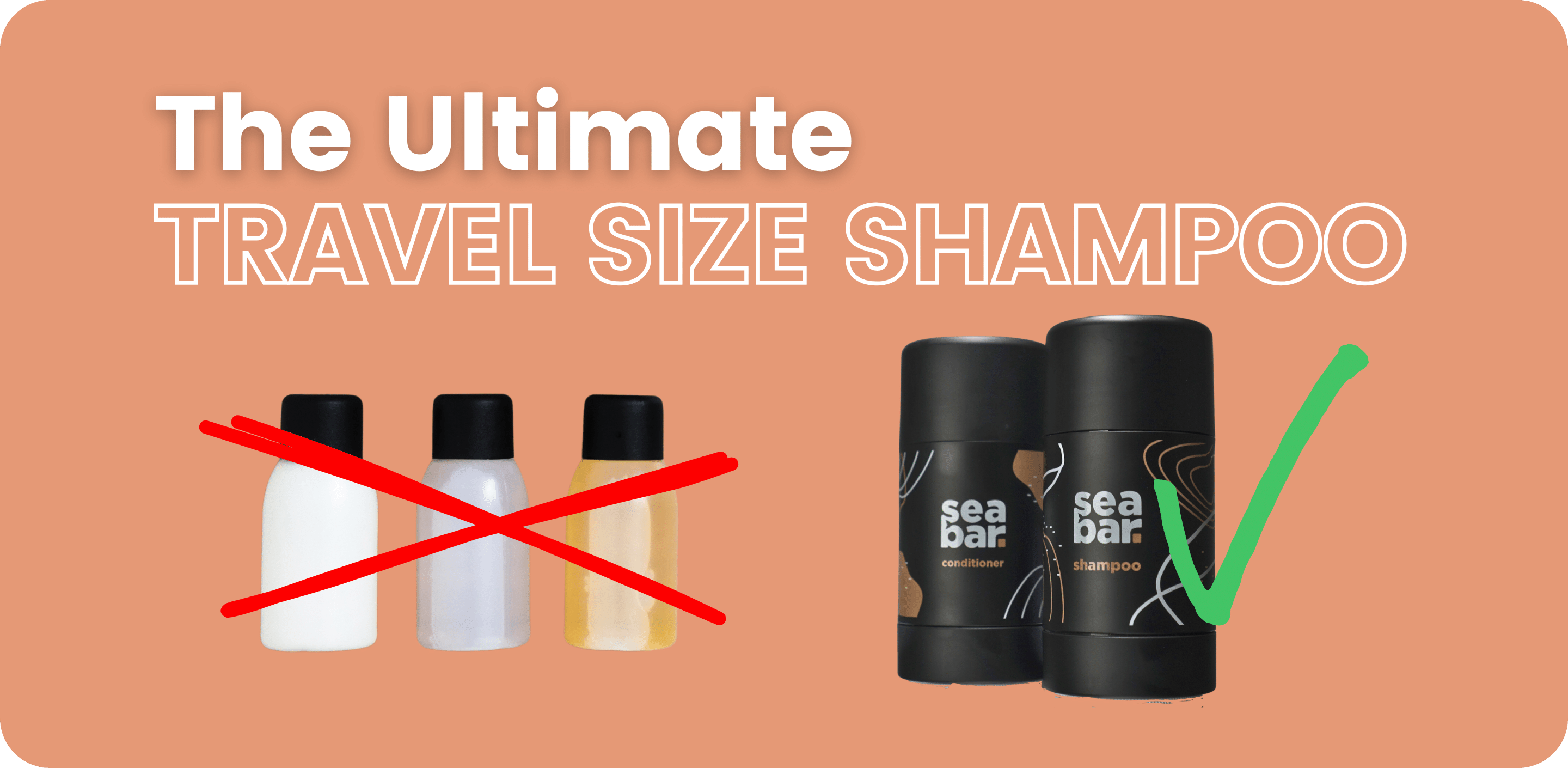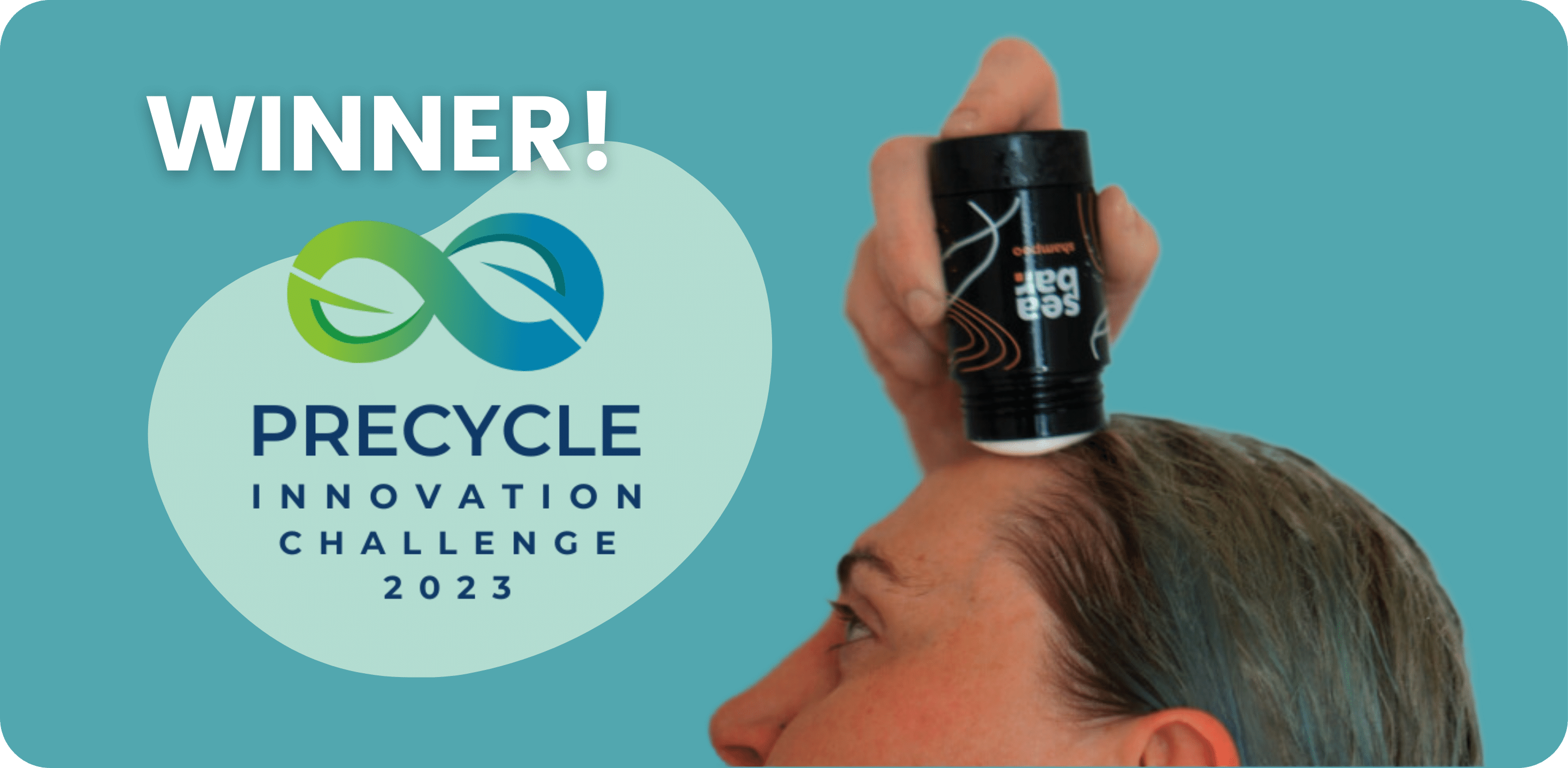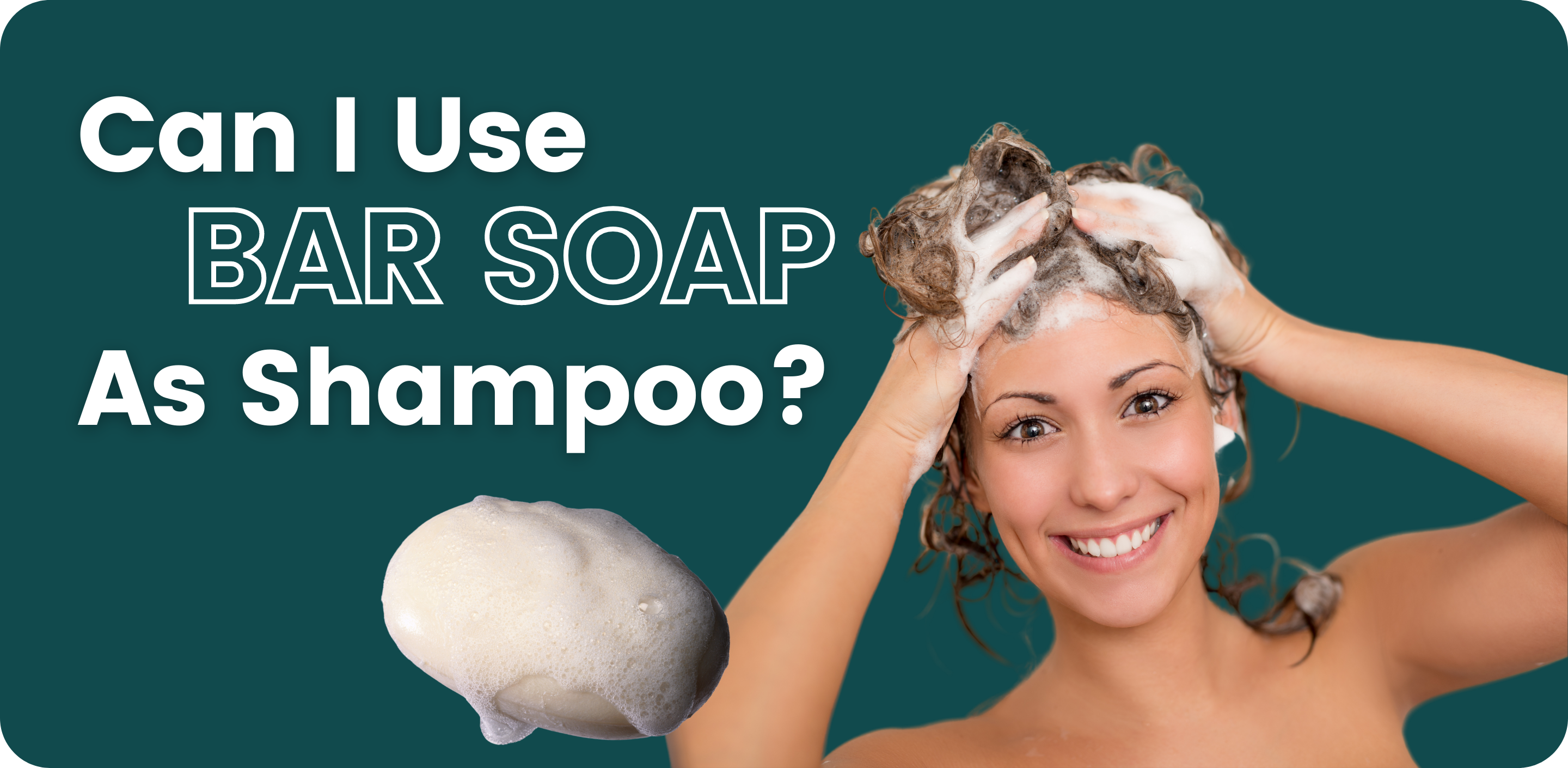Bad Shampoo Ingredients

What Bad Ingredients in Shampoo Should I Be Avoiding?
There is a growing awareness among consumers of hair care products that big, name-brand hair products have been held to a pretty low standard on their ingredient lists since... pretty much always. More and more research is pointing to long-term ill effects in many of these common ingredients we've all been using for years without even realizing it. Thanks to the internet, anyone can do their own research and find out exactly what bad shampoo ingredients they are putting in/on their bodies. The problem at this point is, there's almost too much information and it can become overwhelming to keep all the bad ingredients straight! Not only that, but there's an entire spectrum of "bad" when it comes to chemical ingredients, ranging from "known to cause cancer" to "pointless".
Reading the back of your shampoo bottle can feel like you need a PhD in chemistry, have no fear, though! We are here to give you the rundown on bad shampoo ingredients all in one convenient place.
Let's dive in!
Sulfates

Sulfates, like Sodium Lauryl Sulfate (SLS) have probably generated the biggest buzz in recent years, and there's been a rush for mainstream hair care companies to produce sulfate-free shampoos in response to the growing demand. So, you may be aware that sulfates are a problem, but do you know why?
Sulfates have been a key ingredient in shampoo for generations now, and there's a good reason why-- they are an excellent detergent. They are the front line of cleansing for your hair and scalp and are also what generates that bubbly lather that makes you feel like your hair is experiencing its own very luxurious version of a car wash.
The problem is, sulfates are really too good at their job. They are strong detergents and, in the process of removing harmful dirt and grime, they also end up stripping your hair and scalp of the natural oils that keep your hair moisturized and healthy. They can cause dry hair, scalp irritation, eye irritation, frizzy hair, and a dry scalp.
High levels of sulfates have even been linked to neurotoxicity and reproductive toxicity among aquatic animals.
So why do Sulfates continue to be included on so many ingredient lists? Well, sulfates work really well and are super cheap!
If you're on the look out for sulfates hiding in your ingredient lists here are some examples of sulfates. Ammoniumlauryl sulfate, sodium laureth sulfate, sodium laureth sulfate and sodiumlauryl sulfate—just
But sufates aren’t the only harsh cleanser used in shampoo. Others include Sodium
lauroyl sarcosinate, Disodium laureth sulfosuccinate, Sodium stearate
Parabens

"Paraben-free" is another buzz word you're probably familiar with but may not actually understand.
Parabens have been the go-to preservatives for many personal care products since the 1950s and they are one of the most harmful ingredients you'll find in your shampoo. They are used to prevent bacteria from growing in a warm, moist environment like your shower.
That might sound like a good idea, but in reality parabens are a known endocrine disruptors which means they cause changes in our hormones and have been linked to cancer and are believed to mimic the effects of the hormone estrogen in the body. This can lead to extra fat storage, diminished muscle mass, growth of breasts in males. They have even been found to be linked to lower sperm count and decreased testosterone.
There are many types of antimicrobial agents that are much less harmful so there's no reason for companies to continue to rely on parabens to aid in the prevention of bacteria growth. Most of the research done on parabens before it was approved by the FDA were done in the mid-20th century and that research is now considered seriously outdated.
Some common paraben ingredients to watch out for can be found below:
There are many types of parabens, but they are usually listed as E216, propylparaben, methylparaben, ethylparaben, etc. Though many have “paraben” in their names, they may also be listed as alkyl parahydroxy benzoates.
Try to avoid these at all costs!
Silicones
![]()
There is a TON of Silicones have become fairly ubiquitous as an "eco-friendly" alternative to single use plastic. There is a TON of conflicting opinions on silicons used in personal care products and you can read all about both sides of the argument in this blog post Is Silicone Bad For Hair.
While silicone isn't exactly a toxic ingredient the argument is that silicone sits on top of your hair and forms a barrier over time, keeping moisture from penetrating deeply into your hair follicles where it's most needed to avoid breakage and damage. Over time, this makes your hair weaker and more apt to need (again) an entire cadre of additional products to restore the appearance of good health. Silicones are also said to cause loss due to clogging pores in your scalp.
If you choose to avoid silicones in your hair care products you'll want to know how to spot them.
In general there are two types of silicones. Water soluable, which wash off with just water, and non-water soluable which require a surfactant to wash them out. Some people avoid choose to avoid all silicones, some choose only to avoid non-water-soluble silicones. We have chosen to not use any silicones in our products. You can learn why here.
A good general rule of thumb for silicones is any ingredients ending in a -cone, -xane, or -conol is probably a silicone, but we'll include a more thorough list below:
Non-water-soluble silicones:
- Dimethicone
- Behenoxy dimethicone
- Cyclopentasiloxane
- Dimethiconol
- Cetearyl methicone
Water-soluble silicones:
- Amodimethicone*
- Lauryl methicone copolyol
- Hydrolyzed Wheat Protein Hydroxypropyl Polysiloxane
- Bisaminopropyl dimethicone
- Cones that start with PEG- and any silicone with PEG at the beginning
Note: Amodimethicone is water-soluble when Trideceth-12 and Cetrimonium Chloride are present within the same formula
Alcohol
This one is a bit more complicated. There are, basically, two kinds of alcohol ingredients you'll find in your shampoo: good and bad. Long-chain alcohols (or "fatty alcohols") are the good kind...no the amazing kind! These alcohols are great conditioners and help bind water and oil, making your hair more smooth and soft over time. They aid in hair health by helping your cuticles lie flat, which is how we avoid unwanted things like split ends and frizz, you WANT these in your products.
The bad alcohols are short-chain alcohols like isopropyl alcohol. They're used to make your hair dry faster and, also, as preservatives. They do exactly what they're meant to do... dry your hair out. They cause dry hair and can lead to breakage. Really, it's not worth the extra few minutes you save drying your hair.
Here is a list of the alcohols that are both good and bad shampoo ingredients names below!

Fatty Alcohols:
- Behenyl alcohol
- Cetearyl alcohol
- Cetyl alcohol
- Isocetyl alcohol
- Lauryl alcohol
- Myristyl alcohol
- Stearyl alcohol
- C30-50 Alcohols
- Lanolin alcohol
Short-chain Alcohols:
- Isopropyl alcohol
- Propyl alcohol
- Propanol
- Alcohol denat
- SD alcohol 40
Formaldehyde
Often used as a preservative, most formaldehydes found in shampoos are "formaldehyde-releasers" which cause chemical reactions over time and continue to release spurts of formaldehyde even long after you've used the product. While it is strongly regulated in other countries like Canada and the EU, and even banned in both Japan and Sweden, formaldehyde is disturbingly common in every day products in the U.S.
More and more often, research is showing a link between formaldehyde and certain types of cancer in humans. It is a carcinogen, allergen, and a human toxin known to damage the respiratory system. It can cause headaches, bronchitis, and has been linked to Alzheimer's. The one's pretty much a no-brainer on the "no-no" chart.
Synthetic Fragrances
Basically, there is absolutely no reason whatsoever to put synthetic fragrances in shampoo. There are plenty of natural ingredients that smell amazing, meanwhile a synthetic fragrance can be made up of up to 200 ingredients no one can pronounce or identify. Thanks to lax labeling laws "Fragrance" in your ingredients list can be just about anything with side effects that range from skin irritation, to reproductive system damage.
Synthetic Colors
Color varieties look attractive on a store shelf, but they are purely decorative. Not only that, but synthetic colors have been proven to cause cancer and are wholly unnecessary to the process of cleaning your scalp. It's easy to find natural ingredients (such as micas) that create variety in color without putting bad ingredients directly into your shampoo. You'll find all synthetic colors listed as "FD&C" or just "D&C" followed by a name and a number.
Sodium Chloride

This is one of the pointless ingredients we mentioned to begin with. It's table salt. It goes on food, not on hair. It's added to shampoo as a thickening agent to make it feel more creamy in your hands. It leads to a dry, itchy scalp. Skip this one.
Mineral Oil
Mineral oil may sound harmless, after all minerals are good for us right? Mineral oil is actually a just petroleum-based substance with a nice name. It coats your skin and inhibits its ability to breathe and release toxins. It traps all the things you wouldn't want in your skin in your scalp with no escape. Like silicones, you need a whole heap of sulfates to get rid of mineral oil, so it's just layering bad shampoo ingredients upon bad ingredients at that point.
Diethanolamine (DEA) and Triethanolamine (TEA)
These chemicals are called ethanolomines and have been linked to tumors in the liver and are known to cause allergic reactions and dry out hair and skin. "MEA" is another abbreviated one of these you should avoid. They are hormone-disrupters and they mainly cause foam. So, they're dangerous ingredients added to shampoos to make them lather up nice and thick.
Unfortunately there are many other bad shampoo ingredients out there, but this list will help you avoid the worst of them.
In conclusion...
We got here on bad information and shortcuts. It's time to re-imagine what we think of as "shampoo". Your typical bottle of shampoo is really 50-80% water, which, while it might not be harmful, means you're paying for something that's already being dumped on your head in the shower and using even more plastic to hold it in.

There are plenty of healthy alternatives to bad shampoo ingredients. There are also alternatives to using endless bottles of plastic which end up in landfills and oceans, never breaking down and hurting the planet. The best solution we have found? A bar of shampoo instead of a bottle.
Which is why we created SeaBar
At SeaBar we are working to eliminate the the waste from shampoo and conditioner bottles by re-imagining what a bar of shampoo can be.
Obviously we wanted to create a bar of shampoo that avoids all the 'bad shampoo ingredients.' But we also re-imagined how you it.
Our SeaBar holder eliminates the slippery, soggy mess that most bars of soap turn into in your shower by putting them inside one of our refillable, and reusable SeaBar holders. These guys make your SeaBar easier to use, last longer, and protect it from excess moisture.
But we are also taking it one step further by picking up one pound of ocean trash for every item ordered.
When you choose SeaBar you are saying yes to healthier hair, and a healthier planet.
Shop our most popular products and help us clean the ocean every time you wash your hair.







